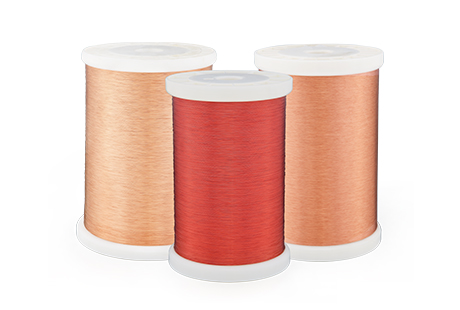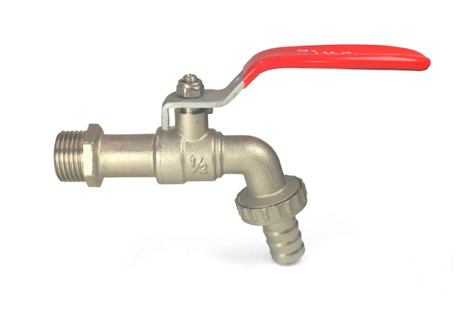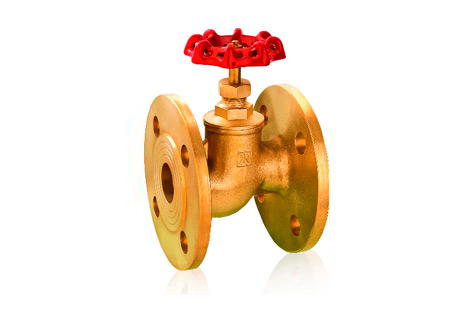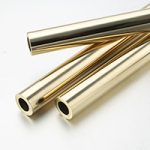One-way brass valves, also known as check valves or non-return valves, are vital components in plumbing and industrial systems. They ensure the flow of fluids or gases in one direction, preventing backflow and maintaining system efficiency. To ensure these valves function optimally and have a long service life, proper installation and regular maintenance are essential. Let's explore the key factors to consider during installation and the best practices for ongoing maintenance to maximize the performance and reliability of one-way brass valves in your applications.
Proper Installation for Optimal Performance
Orientation Matters
During the installation process, pay close attention to the arrow or directional indicator usually marked on the valve body. This arrow indicates the flow direction, and it is crucial to install the valve in the correct orientation. Installing the valve in the wrong direction can lead to backflow issues, compromising the efficiency of your plumbing or industrial system.
Avoid Strain
When connecting the one-way brass valve to the pipeline, it is essential to avoid over-tightening the fittings. Applying excessive force can cause damage to the valve body or the seals, leading to potential leaks or improper functioning. Use proper tools and tighten the fittings to the recommended torque to ensure a secure and leak-free connection.
Mounting Position
The mounting position of the one-way brass valve is an often-overlooked aspect during installation. Choose a position that allows easy access for maintenance and repair. Consider factors such as clearance for handle operation, visibility for inspection, and convenience for any future adjustments. A well-thought-out mounting position can save time and effort during maintenance tasks.
Regular Inspection for Early Detection of Issues
Check for Leaks
Regularly inspect the one-way brass valve for any signs of leakage. Look for drips or puddles around the valve body or fittings. If you notice any leaks, address them promptly to prevent water or fluid wastage and to maintain the efficiency of your system.
Verify Valve Operation
Periodically test the valve to ensure it opens and closes correctly. A malfunctioning valve may lead to flow restrictions or backflow problems, which can disrupt the functioning of your plumbing or industrial system. If you encounter any issues during testing, investigate the cause and perform necessary repairs or replacements.
Examine Valve Components
During inspections, thoroughly examine the one-way brass valve components, including the valve body, seals, and fittings. Look for signs of wear, corrosion, or damage. Replace any worn-out or damaged components immediately to avoid potential failures and ensure the valve's reliability. If your application involveshandling aggressive fluids or chemicals, take preventive measures to protect the valve from corrosion. Consider using a chemical-resistant coating or installing the valve in a location less exposed to corrosive elements. By following these installation and maintenance tips, you can optimize the functionality and reliability of one-way brass valves in your plumbing or industrial systems. Proactive care ensures smooth operation, minimizes the risk of failures, and maximizes the lifespan of these essential valves, contributing to the overall efficiency of your applications.
Proper installation and regular maintenance are essential for the efficient and reliable operation of one-way brass valves. By following the installation tips, conducting regular inspections, and performing routine cleaning and maintenance, you can ensure that your valves function optimally and avoid costly repairs or replacements. A well-maintained one-way brass valve not only helps prevent backflow issues but also contributes to the overall efficiency and performance of your plumbing or industrial systems. With these tips in mind, you can extend the life of your valves and enjoy smooth and trouble-free operation in your applications.

 English
English 日本語
日本語 한국어
한국어 français
français Deutsch
Deutsch Español
Español italiano
italiano العربية
العربية tiếng việt
tiếng việt Türkçe
Türkçe ไทย
ไทย 中文
中文





